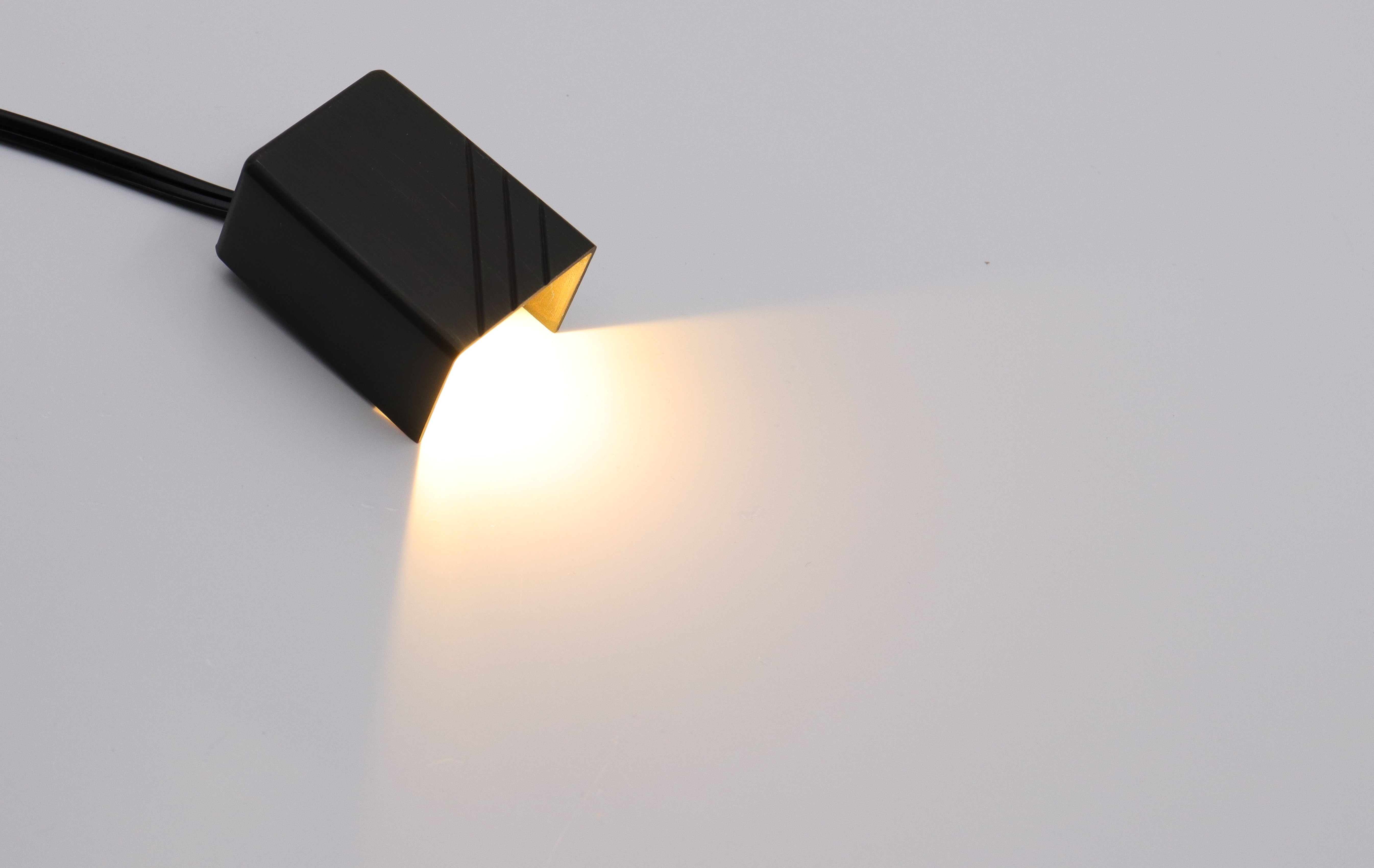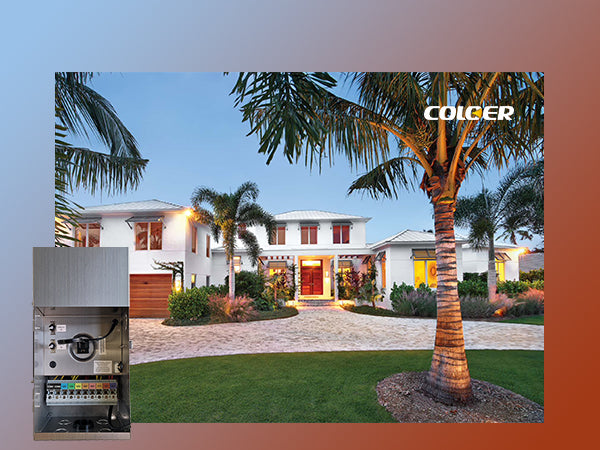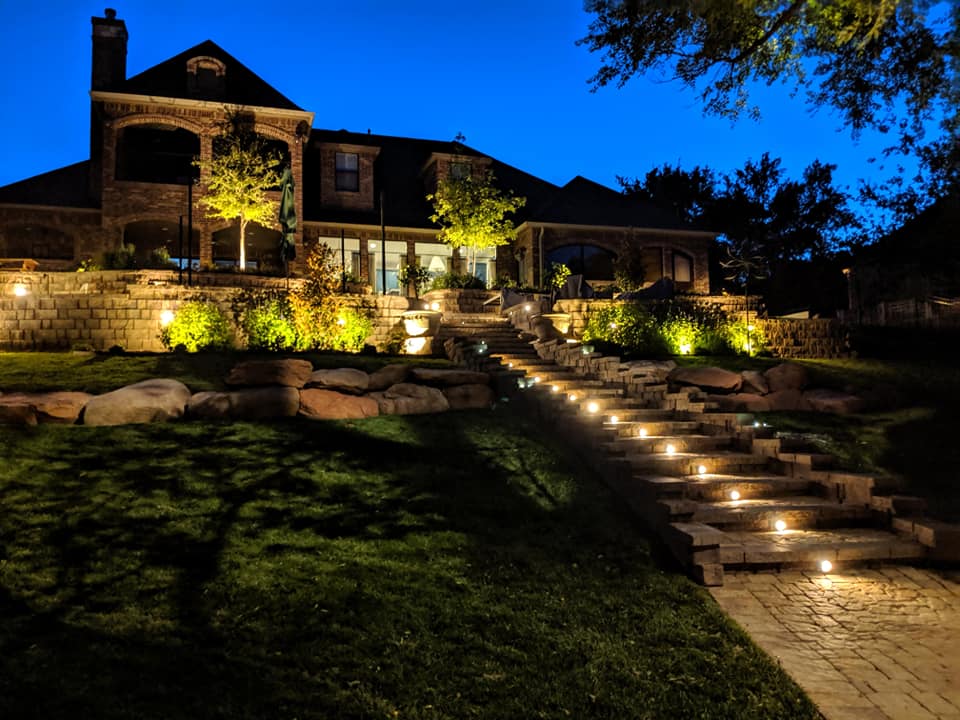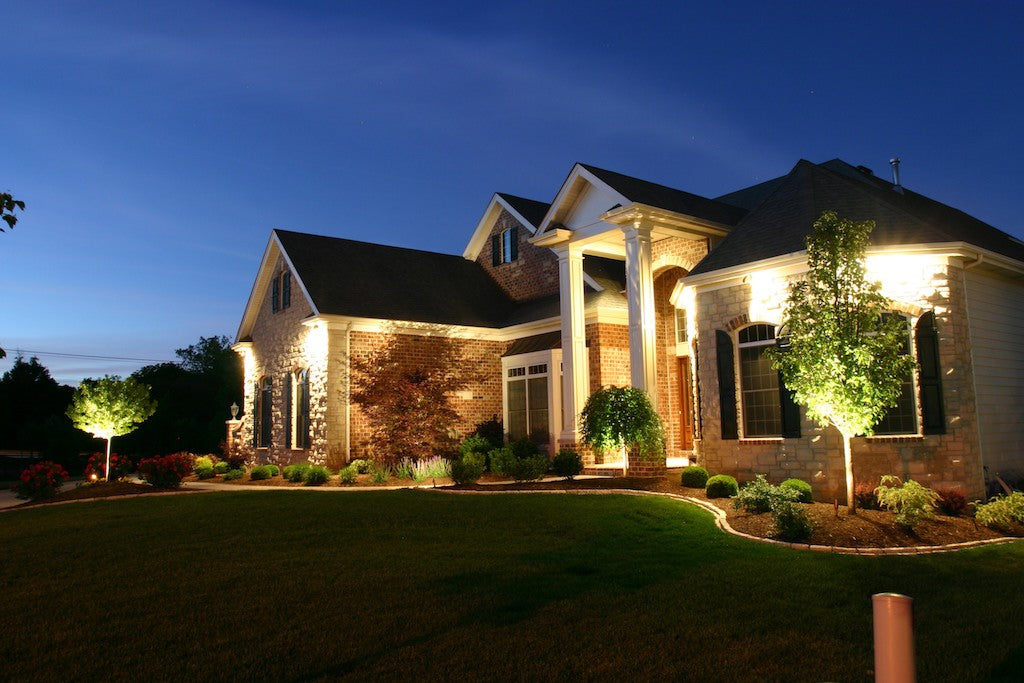Introduction
Outdoor lighting can greatly enhance the look and feel of your home's exterior. From path lights guiding the way along a walkway to spotlights showcasing architectural details, outdoor lighting projects serve both form and function. But like any electrical project, proper installation is key. One of the most common questions homeowners have when planning an outdoor lighting project is whether or not they need a transformer. This comprehensive guide will explain what a transformer is, why it's often required for outdoor lighting, and how to choose the right transformer.
What Is a Transformer?
Quite simply, a transformer for lights like coloer is a device that transfers electrical energy from one circuit to another. It has two main components - the primary winding and the secondary winding. The primary winding receives energy from the main power source. This energy is then transferred to the secondary winding at a transformed voltage. This transformed voltage is what powers the lights. Transformers allow for a higher voltage to be stepped down to a lower, safer voltage for outdoor low voltage lighting systems.

Why Do You Need a Transformer for Outdoor Lighting?
There are several important reasons why installing a transformer is vital for most outdoor lighting setups:
- Safety – Outdoor areas tend to be damp and wet, especially in the evenings when lighting is needed most. This moisture poses a severe hazard if a standard 120-volt household current is running through exterior fixtures, as it dramatically increases the risks of electrocution or receiving dangerous electrical shocks. A transformer reduces the voltage to a much safer 12 volts, making accidental contact far less likely to result in injury or death. Click 10 Reasons Why Low Voltage Lights Are Good!
- Distance – The wiring used for typical 120-volt indoor circuits is intended only for relatively short runs up to 100 feet in length. If you try to use 120-volt wiring for longer distances outdoors, the voltage will drop significantly due to resistance in the wire, resulting in noticeable dimming of lights and other potential problems. The lower 12-volt current from a transformer can run several hundred feet with minimal voltage drop, making it suitable for lighting expansive outdoor areas.
- Multiple Fixtures – Most outdoor lighting designs incorporate several fixtures spread over large areas. The total length of wire needed to connect all these lights usually exceeds the 100-foot limit of 120-volt circuits. Running multiple lights on 12-volts supplied by a transformer neatly avoids any voltage drop issues that would otherwise occur. Explore more tips for outdoor lighting.
- Code Compliance – The National Electrical Code, which governs all electrical work, requires that any outdoor lighting fixtures with exposed wiring must utilize extra-low voltage power provided by a transformer. This is mandatory for passing inspection in most jurisdictions. Using a transformer isn't just recommended practice – it's often legally required.
The only exception where a transformer may not be strictly necessary is for a single outdoor fixture located very close to the house that is connected by a short wire run. In nearly all other outdoor lighting installations, whether for security, aesthetics, or ambiance, installing a step-down transformer is an essential requirement.

Choosing the Right Transformer
Selecting the ideal transformer for your outdoor lighting project requires careful consideration of several key factors:
- Power Rating: Calculate the total wattage by adding together the wattages of all bulbs and fixtures in your planned lighting system. It's recommended to purchase a transformer that exceeds your total wattage by 20-30% to allow room for expansion.
- Voltage: Standard low voltage lighting systems operate on either 12V or 24V. Verify the voltage of the specific lights you plan to install and match the transformer's voltage output accordingly.
- Transformer Types: For smaller systems up to 300 watts, plug-in transformers are very convenient. These compact units simply plug into a GFCI-protected outdoor outlet. For larger systems, hardwired transformers must be permanently installed by a licensed electrician.
- Safety Certifications: Look for ETL or UL listed transformers for safety assurance.
- Warranty: Quality outdoor transformers usually come with a 10–20 year warranty.
- Outdoor Rating: Ensure the transformer is rated for outdoor use with proper weatherproofing.
If you do not know how to calculate to choose your transformer size, you can see Perfect Transformer Size for Your Landscape Lights!, which details the calculation method and examples to help you understand!

Choose the Right One for Your Needs!
Installing a transformer is essential for most outdoor lighting projects beyond a single fixture near the house. Transformers allow you to safely run multiple extra-low voltage lights to beautifully illuminate gardens, patios, walkways, and other exterior areas.
Choosing the right transformer capacity and style while properly installing it will give your outdoor space the gorgeous, functional lighting it deserves.






Leave a comment
All comments are moderated before being published.
This site is protected by hCaptcha and the hCaptcha Privacy Policy and Terms of Service apply.